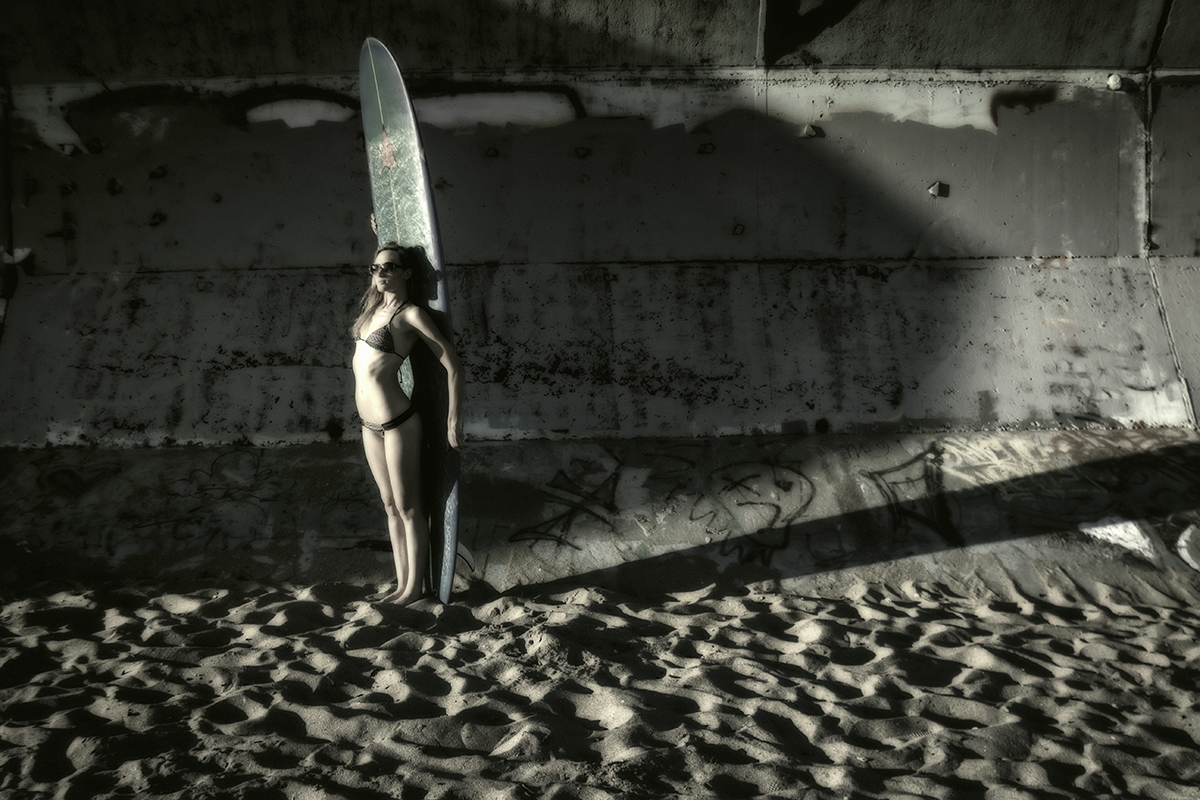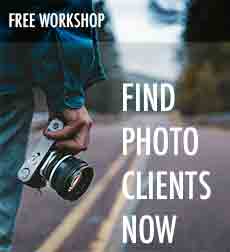
Have you ever purchased a car? From a dealership?
All the run around they do, the “let me take this to my manager” BS, and the “hey, what do you want to spend per month for this little honey…” makes me cringe. I am a marketer, and that stuff makes me laugh. But it also annoys the hell out of me.
I recently bought a new car (Sonata – loaded). It was pretty painless. I told them straight up that I had no time or energy for haggling (and they actually do not do that either). I wanted their best offer and if it was good I would take it and if it was not good, I would walk. Simple. I wanted their best effort and price and I got it. They came back with three proposals, and I took the middle one.
I had done my due diligence, knew the trade in value for the old blue-rocket, knew my credit score and the rates that should accompany that, and also knew the markup of the vehicles both used and new. Research is a bitch, but a beautiful bitch for sure.
I kinda laughed to myself, as the ‘three price guideline’ is something I teach a lot. And true to nature, I took the middle offer. I haggled a bit for an extended warranty (got it) and for an interior package option (didn’t get it). Why? Because they could not afford to make that deal.
Drove home in a new car. And a new car payment – something I wasn’t really used to. The monthly bill was less than the monthly mechanics bill on the blue rocket, so it evened out for a while.
The whole experience reminded me of something I read by Danielle LaPorte – a very good read for all of us in the commercial arts. “It costs what it costs” she said. And she is absolutely right. People will always try to bring down the price. No problem with that, as we do it too. The problem is when they want to go below the price that makes sense to our business model. What we do cannot cost less than what it costs, that is an old joke.
“I lose money on every sale but make it up in volume.” And that is funny, until we are asked to do that very thing.
You know what…
“IT COSTS WHAT IT COSTS…”
No more.
No less.
In Danielle LaPorte’s book, “The Firestarter Sessions” she describes a situation where a junior executive had a brilliant idea – one the big bosses loved.
However, after she started costing it out, she found that it was a lot of money. All those hidden costs and travel and rentals and such.
She feared that the proposal would be shot down.
When she next saw her boss he asked her when she was going to get started and she was a bit surprised. “Did you see the cost estimates,” she asked?
He shrugged his shoulders… “It costs what it costs.”
You can get the book here: I recommend it wholeheartedly.
So what does that mean to us?
How often have we been asked to create a bid, give a cost estimate, reply to an email with a figure that would be ‘in the ballpark” or otherwise prepare a budget for someone else’s money?
It can be one of the scariest things we do. But do it we must.
And we have to do it well. We have to do it professionally. We have to do it without soiling ourselves and curling up into a fetal position whimpering for that simple time when the cubicle was our friend.
In other words, we have to get it done like a professional.
Just remember that it costs what it costs.
Client to you: “… and we need two shots from above the second story patio area, shot down and with a lot of angle to it. Shoot it from the middle of the foyer area.”
You: “Well there are no structures there to stand on, so we will have to bring in a scissor lift. I will get an estimate on the rental for a day.”
Client: “Well, we don’t want to spend any more than the estimate I gave you.”
You: “I understand, but scissor lifts cost more than half of this estimate.”
Client: “What, you don’t have one?”
You: “No, ours is in the shop in Milan, so we will have to rent. If you want the shot from the middle of the courtyard, it will have to be from a scissor lift. And they cost what they cost.”
Ya know…
Now for sure it is a good plan to always try to help your client budget well, but budgeting yourself out of the tools you need to do the job the right way is just plain crazy. You will remember they said no scissor lift, and so had to improvise with one of those silly kite things.
They will not. They will only see the fuzzy images from the hanging camera.
It costs what it costs.
Does that mean that you can’t find areas in the estimate to shave a little here and there? Of course not. Find them and whittle them away, but always remember the shot you want to get – need to get – must get – in order to satisfy both the client AND your own vision.
And that shot costs what it costs.
We have spoken at length about the line item approach to bids, and how they benefit both the client and the photographer, but it is so plainly clear that the costs are what they are when you see the items so plainly listed.
And remember that the top line – the “Fee” is not adjustable without a giving up something on their end. It is YOUR FEE, and it is non-negotiable. You cost what you cost.
If this makes you feel strange or somehow uneasy, I would suggest you re-examine this part of your business.
You have spent untold hours practicing and honing your craft and learned the skills you need to pull this gig off. Even if one of the skills you learned is how to pull the gig off without really knowing how to pull the gig off. Yeah… it’s an art.
Your value is set in stone when you say that you cost what you cost. That the image costs what it costs. That the production costs what it costs.
These value propositions are not frivolous, they are immediate and palpable. They help steel you against those who would devalue your work. The value you put on yourself is a deep and exciting venture… it can define you to your client.
It can define you to your crew.
It can define you to your mom (who always wanted you to be a doctor like your cousin).
And, most importantly it can define yourself to you.
When you know your value proposition, the value of the work that you do, and how others see that value, that fear and loathing thing about doing bids goes away.
Mostly.
How do you redefine your value?
Find out what others think about the type of work that you do. Ask your clients what they value most in the work you do – and in the work they get from your competitors.
Take a mental note of what you are currently charging and ask why?
Are these numbers you simply pulled out of your… well, out of thin air?
Or are they industry standard issue run of the mill prices? Cause, you know, you are just a standard issue run of the mill photographer?
And we all know how much in demand those runofthemillboringassplainvanilla photographers are. Yeah, baby. They are rockin’…
Or not.
What is the value of your work?
What you demand for it?
Does this mean you can skip the part where you bust your ass to make really incredible, better than most, over the top creatively killer images?
OF COURSE NOT!!!!
At this level in your career you know you’d better know how to make the shot a little bit better, an edge over the plainvanilla crap, with your own style… so DO IT.
You can make scribbles on that check list you have.
We are accepting the fact that you are already a better than average photographer. You are a talented and up and coming shooter that needs to be charging what you are worth.
Assistants are important. They hold lights. They build sets. They carry heavy stuff when you are deep into the “OMG, what was I thinking when I said I would do this shot without seeing the location first. Where’s the nearest bridge… OMG OMG…” thinking.
They are part an integral part of your team.
Assistants cost what they cost.
Sets are a valuable part of the shot. They can be shoddily constructed and fall apart every time the model steps up to it, or built right so the shoot can smoothly move ahead.
Sets cost what they cost.
Yeah, we shoot digital. That means that sometimes we need to see what we are doing right at the shoot. Digital techs make the shoot go smoother, and keeps you assistant doing what they do so well.
Digital techs are important and, surprise, they cost what they cost.
If you need something to make the shoot go smoothly and with less problems, it probably has a cost associated with it. That cost is generally set by the vendor, service, technician or talent that provides that special something.
They all cost what they cost.
Exercise:
Plan a big shoot and line item all the things you absolutely need to do the shot you planned. What do they cost?
Can you do the same shot without them?
If the answer is no, then you have your base.
(Look, we can always find ways around some costs. Borrowing a motorcycle instead of renting one is great if you have a bud with a Harley. But if you don’t, then the headaches associated with trying to find one to borrow or rent is a cost item for your client to have itemized.)
Clients know this stuff too, you know.
Sure they want the least expensive way to go… saving money is a good thing.
But they also know that scrimping on art will never win them another client. Doing good work does that. (And if you are thinking… “yeah right… not the clowns I work with…” then stop working for clowns and step up to the clients who do value the work well done.
And they can see through a poorly executed bid. They know what things cost to do it right. And they want to be sure YOU know them too.
So the next time you start to put a bid together, just remember… “It costs what it costs.”
Bid accordingly.




